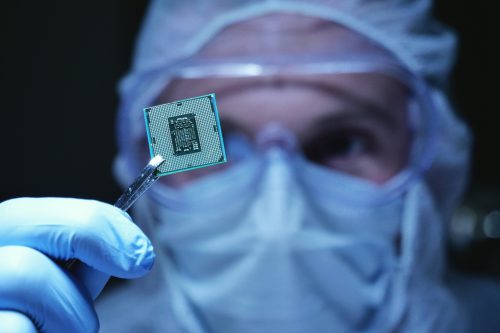MDCG Guidance: Notified bodies and surveillance of legacy devices
 On February 16, 2022, the Medical Device Coordination Group (MDCG) established by Article 103 of Regulation (EU) 2017/745 (MDR) published a document providing guidance for appropriate surveillance regarding the transitional provisions under Article 120 of the MDR (“Guidance”).
On February 16, 2022, the Medical Device Coordination Group (MDCG) established by Article 103 of Regulation (EU) 2017/745 (MDR) published a document providing guidance for appropriate surveillance regarding the transitional provisions under Article 120 of the MDR (“Guidance”).
The scope of the Guidance is to outline the activities to be performed by notified bodies as part of appropriate surveillance of “legacy devices”, i.e., devices covered by certificates under Directive 90/385/EEC (AIMDD) and Directive 93/42/EEC (MDD) that are placed on the market after May 26, 2021 (the date of application of the MDR).
Surveillance according to Article 120 (3) MDR
Legacy devices may be placed on the market or put into service until May 26, 2024, provided that they continue to comply with the MDD/AIMDD and there are no significant changes in their design and intended purpose. However, pursuant to Article 120 (3) of the MDR, the requirements of the MDR for post-market surveillance, market surveillance, vigilance, and registration of economic operators and of devices apply to legacy devices in place of the corresponding requirements in the Directives.
Therefore, manufacturers shall implement, maintain, and update post-market surveillance systems in compliance with Articles 83 et seq. of the MDR, in a manner that is proportionate to the risk-class and appropriate for the type of device.
Notified bodies that issued certificates under the Directives are responsible for monitoring compliance with the requirements to put legacy devices on the market lawfully and compliance with the applicable surveillance provisions of the MDR, regardless of whether they have applied for designation or are designated under the MDR.
In this regard, the MDCG Guidance states that notified bodies should:
- enter into a contract with the manufacturer that covers surveillance activities concerning legacy devices during the transition period;
- verify that the scope of devices covered by the Directives remains unchanged;
- check whether the manufacturer has adjusted its quality management system in keeping with Article 120 (3) of the MDR concerning significant changes (on this point see MDCG guidance 2020-3);
- check whether the manufacturer has made the necessary adjustments to the quality management system for post-market surveillance, market surveillance, vigilance, and registration of economic operators and devices.
Audit activities
Based on the outcome of the abovementioned documentation review, notified bodies should adjust their audit programs by establishing individual audits (scope, objectives, sequence) and the respective audit activities. Close attention should be paid to technical documentation assessments on a sampling basis, to be performed until the end of the transition period or until the end of validity of the certificate (if it expires before May 26, 2024).
Considering that only certain MDR provisions currently apply to “legacy devices”, audits performed by notified bodies should continue previous surveillance activities with a focus on the new provisions.
When an audit reveals noncompliance that may pose an unacceptable risk to the health or safety of patients or users, the notified body shall promptly inform the competent authorities.
Possible scenarios for surveillance
Lastly, the Guidance outlines the following different scenarios notified bodies may encounter when setting up audit programs and procedures related to surveillance of legacy devices:
- manufacturers of legacy devices that have not applied for certification under the MDR and intend to adapt their systems only to the requirements under 120 (3) of the MDR;
- manufacturers of legacy devices and MDR devices that have already implemented the MDR requirements and submitted an application for MDR certification from the notified body that issued the MDD/AIMDD certificates;
- manufacturers of legacy devices and MDR devices already certified by the same notified body under the MDR for the same and/or different types of devices;
- manufacturers of legacy devices and MDR devices already certified by another notified body under the MDR.
Notified body procedures should describe the different scenarios and identify how audit programs will be established for individual manufacturers, as well as how audit plans will be drawn up and updated for individual audits (including reference to scope, objectives, and duration of the audits).
